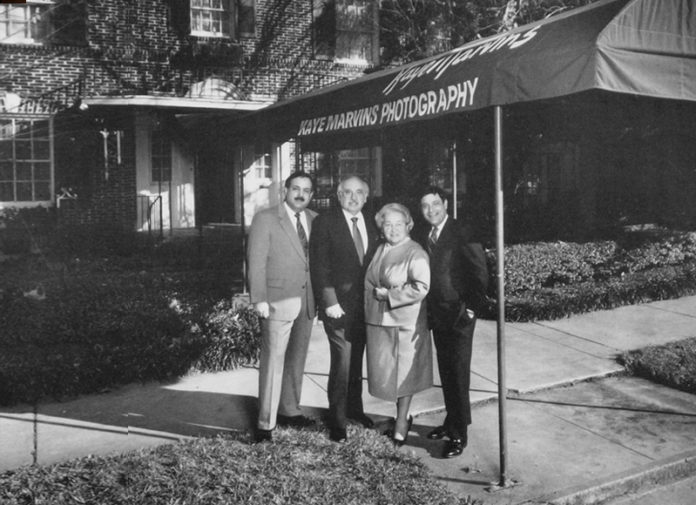by Doc List
If you happen to be strolling along the banks of the Guadalupe River a mile or so west of the small town of Ingram, Texas, you might just meet a local resident named Mike Marvins. He is well known in this small community and, along with his wife, Mickey, can often be seen at community concerts, rodeos, county fairs, and other local events that make country life so enticing to the rest of us. But he is also admired for what he brought to this particular part of Texas, his ability to photograph and record the beauty of the natural world that envelops the area.
That passion for storytelling comes natural to some folk and Mike has spent a lifetime perfecting his art as he seeks out those places and people that make Texas so unique. If he’s not backpacking through the rugged mountains and deserts of Big Bend or the picturesque Texas Hill Country, you might catch him sitting on his back porch watching the deer wander up looking for a hand-out.
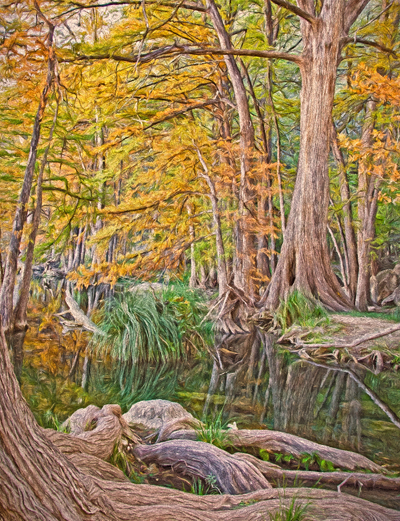 He’s retired now… well, sort of. The truth is that, after retiring from the family business back in 2006, his wife informed him that he was not going to hang around the house all day doing nothing. So, he found something else to occupy his time. It’s the kind of retirement that most folks only dream about but one that has come after a lifetime of hard work at the Marvin’s family’s studio in Houston, Texas.
He’s retired now… well, sort of. The truth is that, after retiring from the family business back in 2006, his wife informed him that he was not going to hang around the house all day doing nothing. So, he found something else to occupy his time. It’s the kind of retirement that most folks only dream about but one that has come after a lifetime of hard work at the Marvin’s family’s studio in Houston, Texas.
His parents, Kaye and Sonia Marvins, came all the way from Poland in 1929 to seek a new life in America when they were only teenagers. Kaye, a third generation photographer himself, found a job at the famous Bachrach Studio in Boston. During that time, he met and worked with Paul Gittings who later opened a studio in Houston. In 1945, Kaye and Sonia opened their own studio, Kaye Marvins Photography, and raised two sons, Mike and Buz, in the family business. who carried on that family tradition until they closed their doors in 2016.
It should be noted that both brothers and their father each have the unique distinction of having served as President of the Texas Professional Photographers Association. All three were also Master Photographers and well respected throughout the photographic world.
Having literally grown up in a photography studio, Mike learned the importance of networking within your own profession and sharing what you learn with other photographers. “One reason Texas PPA has been so successful is that they are open and share things while some other associations are secretive,” he explains. “I share everything with everyone.”
Along that journey, Mike has witnessed several major innovations in the industry. Kaye Marvins Photography was one of the first studios in the nation to sell color images and Mike remembers it like it was just yesterday. “Color film was around before World War II but really wasn’t available because the military got it all,” he explains. “After the war, Kodak invited several well-known photographers to come to Rochester to learn the dye-transfer process and my Dad was one of them.” But the ability to sell color images was great for business.
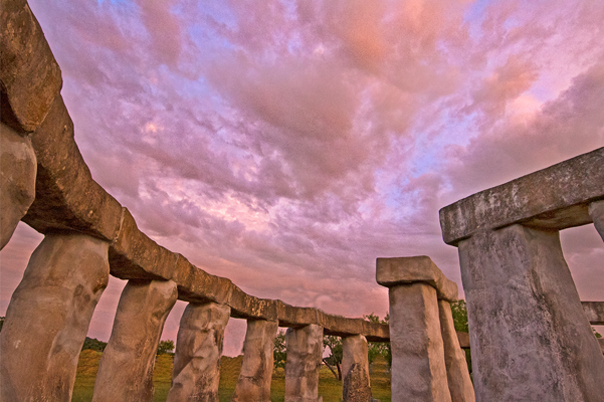
Years later, Mike would see the transition from 4×5 and 5×7 “cut” film to medium format “roll” film. “The quality of cut film was unbelievable but it was very expensive. We processed all of our own black-and-white film and my Dad invented a processor to do it faster. Even so, I can’t tell you how many hours I spent in there processing film and we’d stay up at night doing it. When we began using medium-format Hasselblad cameras, things got a little easier. But we never used 35mm unless a customer needed slides. It wasn’t really a quality issue but rather a ‘client perception’ issue,” he explains.
Life at the family studio was demanding and the Marvins family worked long hours to build and to maintain a reputation in the Houston area and beyond. Even so, Mike remembers the 1960’s, 1970’s, and 1980’s as the “golden age of studio photography.” Then, along came digital.
“Our first digital camera was a Fuji and it was actually an amazing camera at the time. It was big and bulky and we didn’t shoot weddings with it but we did use it for studio portraits,” says Mike. The biggest problem in the early days of digital was color control. “In those days, color correction with digital was just almost nonexistent. It was an awful transition. It was like learning everything over again because we did a lot of work on location in peoples’ homes. The color correction angle was a nightmare. But being able to show images quickly really boosted sales.”
But somewhere along the way, Mike Marvins was introduced to the Texas Hill Country. It happened when he was only 10 years old at a summer camp near Wimberley, Texas. The beauty of the place captured his imagination and he fell in love with the place and would return each year and worked at the camp at age 16. That’s when he decided to begin taking pictures between camp sessions. “Three or four of us would take off and go explore the Hill Country. We knew every inch of this place. We’d go to German beer gardens and to Gruene Hall. We’d go to the dances at Garner State Park. We didn’t have any money, so we’d just pull a blanket out and spend the night somewhere on the ground,” he recalls.
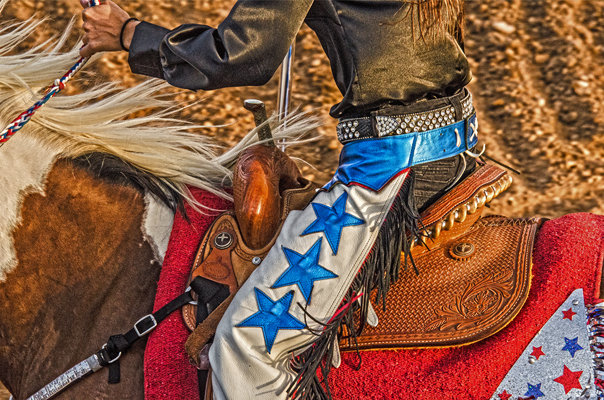
By the 1980’s, Mike discovered Big Bend National Park and starting taking “guy trips” with friends to explore the 801,000 acre park. “Because we were backpacking, I used a 35mm Nikon and disposable Kodak cameras. I wasn’t able to carry a Hasselblad and I would much rather spend the weight on water.” His images of Big Bend created quite a stir back then and today. “Everyone had been bugging me for years to do a book, a ‘Big Bend’ book. So I started researching how to publish and market a book. After narrowing it down to two publishers, I worked up a proposal for my book. At the Texas State Book Fair in Austin, I ambushed the owner of one of these companies and got an appointment to see them and presented a mock-up of my book on Big Bend.”
Mike’s interest in the Big Bend area goes far beyond photographing its many wonders. For years, he has been active in the Big Bend Conservancy, a support group for the national park, and served on the board of Big Bend Ranch State Park, which is right next door. “All of my book royalties from the Big Bend book go to the Big Bend Conservancy,” he adds.
With the success of his first book, Mike came up with an idea for yet another one. He had never forgotten those early years at summer camp near Wimberley. So, with his wife, Mickey, at his side, Mike decided to revisit the site four years ago. “It was like a deja vu thing. Our old swimming hole looked exactly like it did in 1951, my first year at camp. So I made up my mind to go around to all of the places we used to go carousing and take pictures to see how they look today. I decided to do the whole darned Hill Country, top to bottom, side to side, and I’m going to put stuff in there that people have never seen before and I’m going to do it all seasons. It took four years to get everything like I wanted it.”
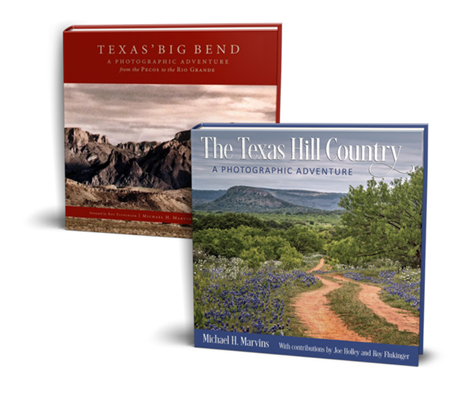
After getting an appointment with Texas A&M University Press, Mike presented his second book proposal. They liked what they saw and, after the approval of faculty and reviewers, published his book.
“I photographed the two books very differently and for two different audiences,” he explains. “The Big Bend photographs were totally personal and quickly made with cheap cameras on the trail. There was no intent to sell prints, exhibit, or do a book. they were truly pictures from the heart. In the Hill Country, I was returning to places that were dear to me as a kid, places I had never photographed. I knew they had to be a combination of fine art images and photographs that told a story and would appeal to a diverse audience for both book and print sales.”
Back at his home on the Guadalupe River, Mike Marvins has a tiny office where he sorts through stacks of images and organizes his thoughts. He prints and sells images and does his own framing. Two art galleries now carry his work and a geophysical company just bought eight large Geo prints on Dibond to display in their offices. News of his artistry travels fast.
Mike also stays involved in the arts and often does portfolio reviews for FotoFest which is held in Houston every two years. “The first thing I ask someone when they come up with their portfolio is, ‘What are you doing with this? Is it for your own pleasure? Do you want a book? Do you want gallery representation? Who is your audience?’ Then I try to impress on them the importance of networking and how they should not be afraid to network with other photographers.”
It was a lesson he learned from his father, Kaye Marvins. “My Dad was the same way and that’s one of the reasons Texas PPA has been so successful over the years. They are always open and share things while a lot of other associations are secretive,” explains Mike. “If you do things for other people, it comes back to you a hundred times. But the best part for all of us was forging so many lifelong friendships that we cherish to this day.”
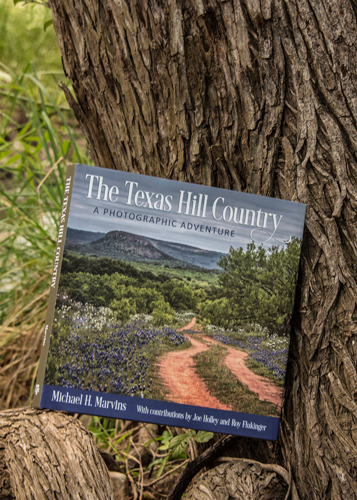 So, the next time you are driving through the Texas Hill Country or the majestic vastness of Big Bend, perhaps you’ll have just a little more appreciation for those places, people, and traditions that make Texas so aw-inspiring. And maybe you will have the opportunity to shake the hand of one of our own who has played such a significant role in recording the human stories and the natural beauty that abounds in this sacred part of the world.
So, the next time you are driving through the Texas Hill Country or the majestic vastness of Big Bend, perhaps you’ll have just a little more appreciation for those places, people, and traditions that make Texas so aw-inspiring. And maybe you will have the opportunity to shake the hand of one of our own who has played such a significant role in recording the human stories and the natural beauty that abounds in this sacred part of the world.
Mike’s books on Big Bend and the Texas Hill Country can be purchased at MikeMarvins.com. Proceeds on “Texas Big Bend” go to the Big Bend Conservancy and proceeds from “The Texas Hill Country” go to the Texas Parks and Wildlife Foundation.
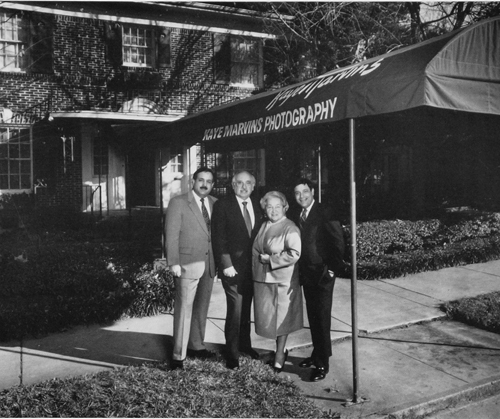 Kaye Marvins Photography was established in 1945 by Kaye and Sonia Marvins. After their passing, sons Mike and Buz carried on the family business until its closing in 2016 after a lifetime of service to the community.
Kaye Marvins Photography was established in 1945 by Kaye and Sonia Marvins. After their passing, sons Mike and Buz carried on the family business until its closing in 2016 after a lifetime of service to the community.



